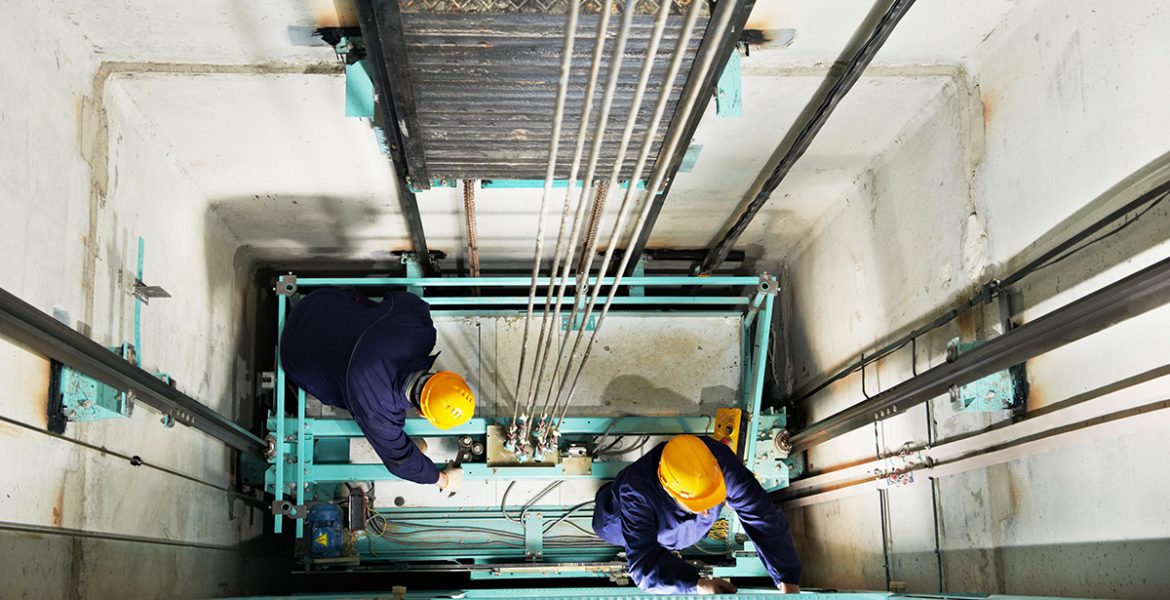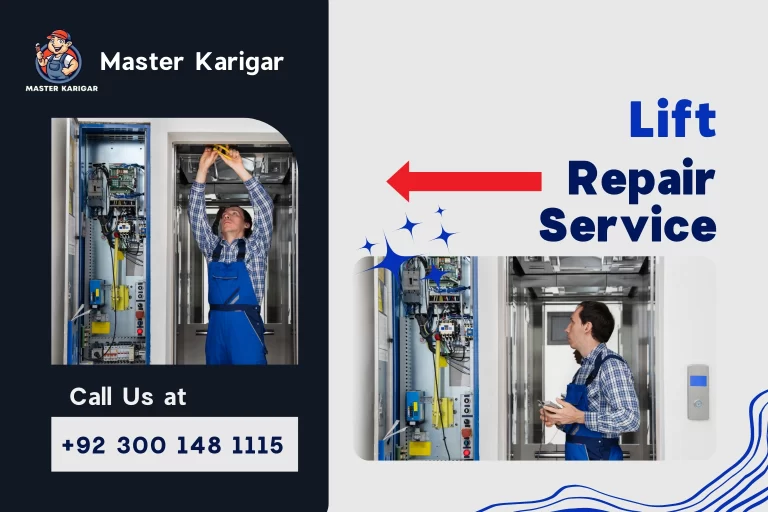Comprehensive Lift Servicing Companies for Quick Lift Breakdown Repairs
A Thorough Strategy to Enhancing Efficiency With Strategic Lift Repair Techniques
A strategic and systematic strategy to lift repair and upkeep is critical to make the most of performance and minimize downtime. By dealing with usual lift concerns, carrying out positive maintenance procedures, and creating targeted fixing plans, facilities can optimize their lift systems to run at peak performance degrees.
Importance of Lift Performance Optimization
Comprehending the value of enhancing lift performance is critical for making sure effective and trusted vertical transportation systems in numerous structures and frameworks. Lifts are necessary components of contemporary facilities, giving vertical movement for residents and goods within structures of differing heights. By enhancing lift efficiency, building proprietors and center supervisors can enhance customer experience, boost power performance, and increase total functional effectiveness.
Effective lift efficiency optimization involves numerous elements, including speed, ability, energy maintenance, intake, and safety and security needs. Properly optimized lifts can lower wait times for users, particularly in high-traffic structures, causing enhanced complete satisfaction and efficiency. Additionally, maximized lifts contribute to power cost savings by using innovative control systems and technologies that decrease power intake without compromising performance.

Identifying Common Lift Issues
Determining common lift issues is vital for keeping the functional efficiency and safety of vertical transport systems in buildings. This concern can be a measure of troubles with the lift's motor, control system, or also the placement of the lift auto.
One more widespread lift issue is unusual noises emanating from the lift shaft or machinery space. These noises can vary from grinding or scuffing sounds to loud clunking noises, every one of which might indicate underlying mechanical problems that need prompt focus. Furthermore, constant door breakdowns, such as doors closed or shutting effectively, can interrupt the smooth flow of guests and present safety dangers.
Applying Proactive Upkeep Steps
To maximize the efficiency and longevity of lift systems, positive maintenance procedures play an essential duty in making certain functional reliability and safety and security. lift repair. Applying positive maintenance includes systematically checking, servicing, and repairing elements before they fail, thus protecting against costly downtime and prospective safety and security hazards. Routinely set up inspections can help determine minor concerns prior to they rise right into significant issues, ultimately extending the lifespan of lift systems
One trick facet of aggressive upkeep is creating a detailed maintenance routine based on manufacturer suggestions and industry finest practices. This timetable needs to describe jobs such as lubrication, placement checks, and element substitutes at defined periods. Furthermore, carrying out condition monitoring methods, such as resonance analysis and thermal imaging, can assist discover early indications of wear or breakdown.
Moreover, training maintenance staff on proper assessment methods and preventive upkeep procedures is essential for the successful implementation of proactive upkeep steps. By promoting a culture of positive maintenance within an organization, lift systems can run at peak efficiency levels, minimizing disruptions and making certain the security of individuals.
Creating Targeted Fixing Plans
Upon evaluating the upkeep documents and efficiency information, the design group can create targeted repair work plans to address particular problems and optimize lift system capability. These fixing strategies are customized to the identified problems, ensuring that resources are concentrated on solving vital problems successfully. By prioritizing repair work based on their impact on efficiency and safety and security, the targeted fixing plans assist lessen downtime and maintenance prices while making best use of the lift system's reliability.
Developing these strategies entails a thorough analysis of the lift system elements, including motors, cable televisions, brakes, and control systems. Via this in-depth analysis, the design team can establish the origin of any type of malfunctions or destruction in performance. This information is after that utilized to produce a roadmap for the repair work procedure, laying out the necessary actions, timeline, and resources required to resolve each concern effectively.
Furthermore, targeted fixing strategies may consist of preventative procedures to boost the lift system's long life and efficiency. By proactively resolving prospective issues before they rise, these strategies contribute to the general effectiveness and safety of the lift system.
Utilizing Data-Driven Insights
Utilizing the power of data-driven insights is crucial in maximizing lift system efficiency and maintenance performance. By leveraging information analytics, lift operators can make informed decisions that lead to enhanced functional efficiency and cost savings. With the analysis of lift breakdown historical performance information, fads and patterns can be recognized, making it possible for predictive maintenance methods to be implemented. These anticipating upkeep strategies help avoid unforeseen breakdowns, lower downtime, and extend the lifespan of lift systems.

Final Thought
In final thought, optimizing lift efficiency is vital for ensuring performance and safety and security in structures. By recognizing typical lift problems, applying aggressive upkeep steps, establishing targeted repair work plans, and using data-driven understandings, companies can boost efficiency and decrease downtime. It is necessary to take a thorough approach to raise repair strategies to maximize functional effectiveness and make sure the durability of lift systems.
By addressing common lift concerns, carrying out proactive maintenance actions, and developing targeted fixing plans, centers can maximize their lift systems to run at peak efficiency degrees.An additional widespread lift problem is strange sounds originating from the lift shaft or machinery room.Upon assessing the maintenance documents and efficiency data, the engineering team can establish targeted fixing strategies to optimize and resolve particular issues lift system capability. By focusing on repairs based on their impact on performance and safety and security, the targeted repair work plans help decrease downtime and maintenance costs while optimizing the lift system's integrity.
It is important to take an extensive strategy to raise repair approaches to optimize functional efficiency and guarantee the durability of lift systems.